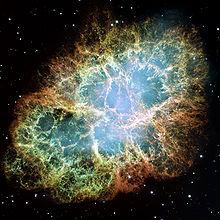

  |
| Home | Creation Evidence | General Science Info | Old Earth Creation | Creation Time Line | About |
Cosmic
Distance Ladder
|

| Return to General Science |
| Support Us: by liking us on Facebook or sharing our site with a friend. See the following links: |
Visit us on Facebook Share as Bookmark, Tweet, message, etc. |